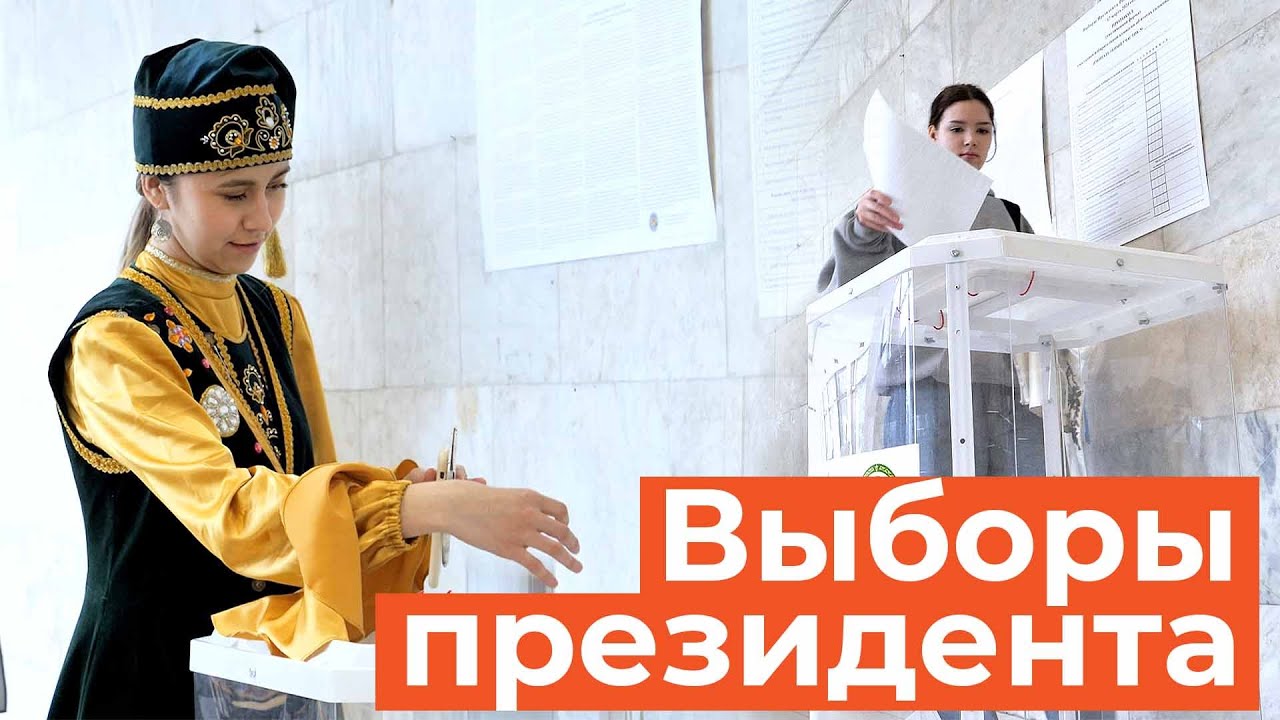The Da Vinci Code: Themes, Characters, And Literary Significance

Table of Contents
Decoding the Central Themes of The Da Vinci Code
The Da Vinci Code is rich with interwoven themes that resonate long after the final page is turned. At its heart lies a complex exploration of suppressed historical narratives and the clash between established religious dogma and alternative interpretations of Christianity.
-
Religious and Historical Conspiracy: The novel centers on a supposed conspiracy surrounding the historical Jesus and Mary Magdalene, suggesting a suppressed narrative of their marriage and descendants. This involves:
- The Priory of Sion: A fictional organization purportedly protecting this secret lineage.
- The Holy Grail's True Meaning: The novel presents a symbolic interpretation of the Grail, not as a physical chalice, but as Mary Magdalene's bloodline.
- The Suppression of the Feminine Divine: The book posits that the Church suppressed the role of women in early Christianity, particularly Mary Magdalene's importance.
- Historical Inaccuracies and Controversies: It's crucial to note that many of the historical claims in The Da Vinci Code are disputed by historians and theologians. The novel sparked considerable debate regarding its factual basis.
-
Symbolism and Secret Societies: Brown masterfully weaves symbolism and codes throughout the narrative, adding layers of intrigue and complexity. Examples include:
- The Fibonacci Sequence: Appearing in various aspects of the plot, it highlights the novel's interest in mathematical and artistic patterns.
- The Rosy Cross: This alchemical and esoteric symbol further emphasizes the hidden knowledge and secret societies central to the narrative.
- The Importance of Visual Symbolism: Paintings and sculptures act as clues, leading the protagonists on their journey, highlighting the importance of visual interpretation.
- The Role of Secret Societies: The Priory of Sion, though fictionalized, taps into the enduring fascination with secret societies and their supposed influence on history.
- The Use of Cryptography: The incorporation of codes and ciphers adds another layer of suspense and intellectual challenge for both the characters and the reader.
-
Faith, Reason, and Belief: The novel explores the tension between faith and reason, challenging readers to question their own beliefs and consider alternative perspectives. This is particularly evident in:
- Robert Langdon's Character Arc: The symbologist grapples with the implications of the discoveries, showcasing the conflict between established religious knowledge and emerging historical interpretations.
- Sophie Neveu's Struggle with Her Faith: Her journey reflects the emotional turmoil of confronting deeply held religious beliefs with challenging new evidence.
- The Impact of the Novel on Religious Discourse: The Da Vinci Code significantly impacted public discussions about Christianity and its historical interpretations, triggering debates and further research.
Key Characters and Their Roles in The Da Vinci Code
The compelling characters of The Da Vinci Code are essential to its success. Their interwoven relationships and individual journeys drive the narrative forward.
-
Robert Langdon: The Harvard symbologist serves as the protagonist, navigating the complex world of religious iconography and historical conspiracies.
- Langdon's Expertise in Religious Iconography: His knowledge forms the basis for deciphering the clues and understanding the symbolism within the narrative.
- His Role as the Protagonist: He guides the reader through the complex plot, presenting a rational perspective amidst the chaos.
- His Relationship with Sophie Neveu: Their evolving partnership is a central element of the story, adding a layer of emotional depth.
- His Intellectual and Moral Dilemmas: Langdon faces significant moral and intellectual challenges as he uncovers the truth.
-
Sophie Neveu: A cryptologist with a troubled past, Sophie's journey is one of self-discovery and acceptance.
- Sophie's Initial Skepticism: Her initial resistance to the unfolding events adds to the suspense and realism of the narrative.
- Her Emotional Journey: She undergoes a significant emotional transformation, confronting her family history and her own beliefs.
- Her Acceptance of the Historical Narrative: Her evolving perspective on history and religion drives the plot forward.
- Her Connection to the Holy Grail Lineage: Her ancestral ties add another layer of personal investment in the unfolding mystery.
-
Sir Leigh Teabing: This enigmatic historian acts as a mentor and guide, providing crucial information to Langdon and Sophie.
- Teabing's Knowledge and Motivations: His extensive knowledge and his hidden motivations contribute to the complexity of the plot.
- His Support of Sophie and Langdon: He plays a key role in helping the protagonists advance their investigation.
- His eventual fate: The consequences of his actions add to the drama and suspense of the narrative.
The Literary Significance and Impact of The Da Vinci Code
The Da Vinci Code's impact extends far beyond its captivating narrative. It achieved phenomenal commercial success and sparked widespread cultural discussion.
-
Commercial Success and Cultural Phenomenon: The book's global sales figures were staggering, translating into numerous languages and becoming a bestseller worldwide.
- The Book's Place on Bestseller Lists: Its sustained presence on bestseller lists cemented its place in popular culture.
- Its Global Reach: The novel's widespread appeal transcended geographical boundaries, captivating readers across the globe.
- Its Impact on Popular Culture: The book and its film adaptation significantly influenced popular culture, inspiring discussions and further adaptations.
-
Critical Reception and Controversy: The novel received both praise and criticism, generating intense debate about its historical accuracy and interpretations.
- Accusations of Historical Inaccuracies: Historians and theologians challenged many of the historical claims made in the novel.
- Criticisms of the Plot: Some critics found the plot convoluted or lacking in depth.
- Praise for its Suspenseful Narrative: Many praised the book's page-turning suspense and its ability to maintain reader interest.
- Its Effect on the Debate Surrounding Historical and Religious Interpretations: The novel significantly contributed to public discussions surrounding these complex topics.
-
Enduring Legacy and Influence: The novel's influence continues to be felt in literature, film, and popular culture.
- The Novel's Inspiration for Other Books and Films: The Da Vinci Code inspired countless other books and films exploring similar themes.
- Its Influence on Discussions about Religion and History: The book continues to contribute to discussions surrounding historical and religious interpretations.
- Its Continued Popularity: The novel's enduring popularity indicates its lasting impact on the literary landscape.
Conclusion: A Lasting Impression of The Da Vinci Code
The Da Vinci Code remains a powerful and thought-provoking novel, successfully blending elements of mystery, thriller, and historical fiction. Its exploration of religious conspiracy, symbolism, and the clash between faith and reason resonates deeply with readers. The memorable characters, the intricate plot, and the ongoing debates it sparked solidified its place as a cultural phenomenon. Have you explored the rich symbolism and intricate plot of The Da Vinci Code? Share your thoughts and interpretations in the comments below!

Featured Posts
-
 40 C Heat Scorches Indore Cmho Issues Loo Alert And Health Guidelines
May 13, 2025
40 C Heat Scorches Indore Cmho Issues Loo Alert And Health Guidelines
May 13, 2025 -
 Chto Izvestno O Syne Tamary Kadyshevoy Grigorii Kostyuke
May 13, 2025
Chto Izvestno O Syne Tamary Kadyshevoy Grigorii Kostyuke
May 13, 2025 -
 The Nightmare Continues The Plight Of Families With Hostages In Gaza
May 13, 2025
The Nightmare Continues The Plight Of Families With Hostages In Gaza
May 13, 2025 -
 Predlozheniya Deputatov Dlya Predvybornoy Programmy Edinoy Rossii
May 13, 2025
Predlozheniya Deputatov Dlya Predvybornoy Programmy Edinoy Rossii
May 13, 2025 -
 Undrafted Rookie Threatens Top Draft Picks Roster Spots
May 13, 2025
Undrafted Rookie Threatens Top Draft Picks Roster Spots
May 13, 2025
Latest Posts
-
 Nhl Draft Lottery 2025 New York Islanders Win First Overall Pick
May 13, 2025
Nhl Draft Lottery 2025 New York Islanders Win First Overall Pick
May 13, 2025 -
 Gerrard In The Running Southamptons Managerial Search
May 13, 2025
Gerrard In The Running Southamptons Managerial Search
May 13, 2025 -
 2025 Nhl Draft Lottery Results Full Breakdown Of Top 3 Picks
May 13, 2025
2025 Nhl Draft Lottery Results Full Breakdown Of Top 3 Picks
May 13, 2025 -
 Southampton Manager Hunt Is Gerrard The Leading Candidate
May 13, 2025
Southampton Manager Hunt Is Gerrard The Leading Candidate
May 13, 2025 -
 Nhl History Ovechkin Equals Gretzkys Record With 894 Goals
May 13, 2025
Nhl History Ovechkin Equals Gretzkys Record With 894 Goals
May 13, 2025
